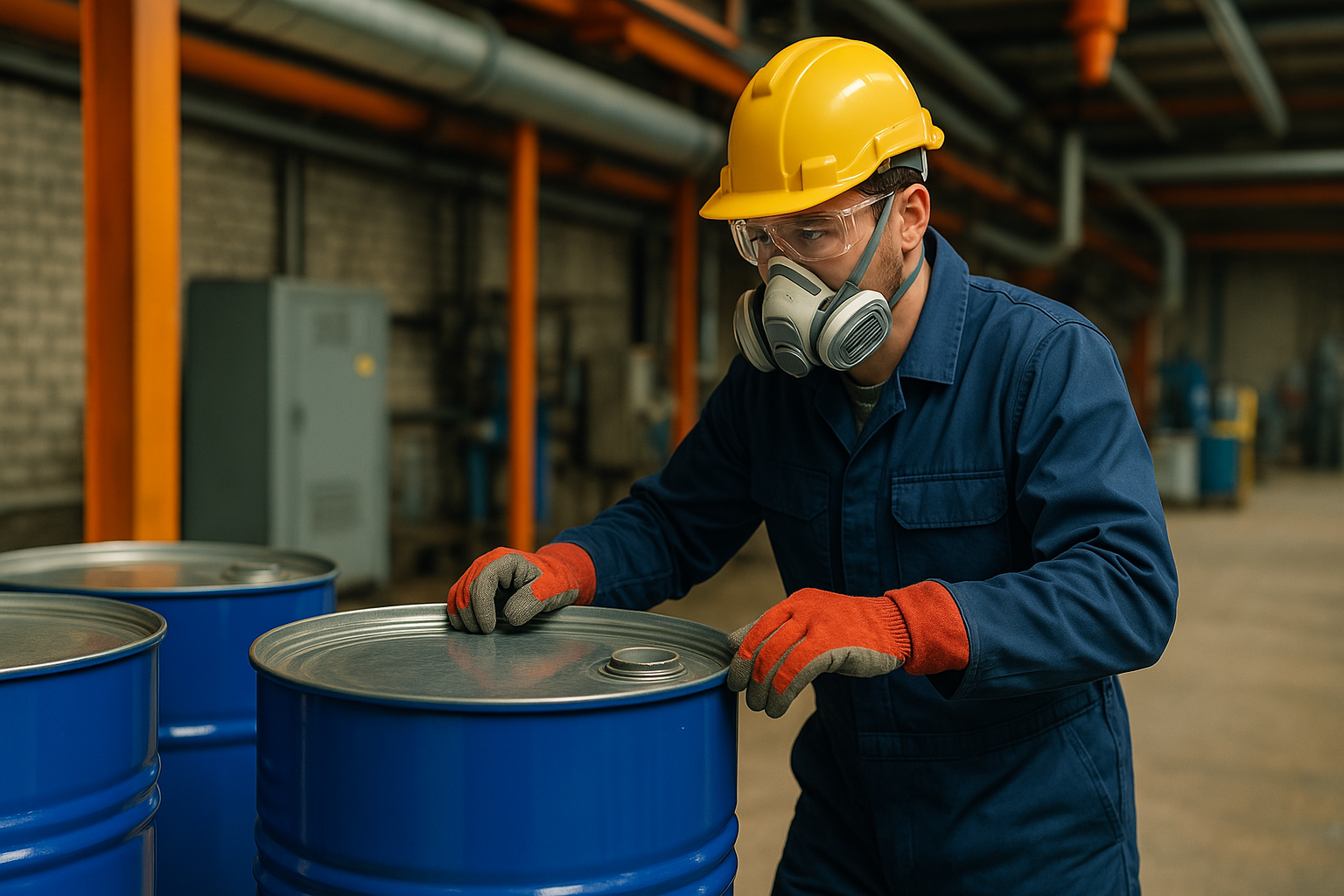Maintenance of painting equipment: why it matters and how to do it right. Proper maintenance of painting equipment is essential to ensure long-term performance and maintain high-quality results. Whether you’re working on a professional project or a DIY job, taking care of your tools through regular cleaning and upkeep can save you time, money, and resources by preventing breakdowns and malfunctions.
In this article, we’ll cover the most effective techniques for maintaining painting equipment, the tools you’ll need, and the best practices to guarantee flawless and long-lasting results.
✅ Why Is Maintenance So Important?
Neglecting the maintenance of painting equipment can lead to several issues, including:
-
Clogged nozzles and internal circuits
-
Pressure loss or irregular performance
-
Poor spray quality
-
Increased risk of sudden breakdowns
Regular maintenance helps ensure consistent quality, avoid costly repairs, and extend the lifespan of your equipment. Plus, clean and properly functioning tools enhance operational safety and reduce the risk of errors or accidents.
🛠️ Tools and Materials: More Than Just a Cleaning Cloth!
Before starting any maintenance, it’s crucial to have the right tools at hand. Tool selection shouldn’t be left to chance—sometimes, you’ll need specific equipment designed for certain painting systems.
Here are some essential tools for cleaning and maintenance:
1. Thinners and solvents
Solvents are key for removing paint residue that builds up inside your equipment. The right solvent depends on the type of paint thinner used in your application.
One of the most effective techniques for cleaning internal pumps and circuits is to fill the system with solvent and let it circulate for a few minutes, dissolving and flushing out residue.
2. Special brushes and cleaning needles
Not all brushes are suitable for painting equipment. Use brushes with soft bristles to avoid damaging delicate parts like spray guns and nozzles. For hard-to-reach areas, such as internal channels and micro-openings, use cleaning needles specifically designed for spray guns.
These tools help remove blockages without compromising equipment precision.
3. Solvent-Resistant Containers
You’ll also need a container for soaking disassembled parts. It should be made of material resistant to chemical solvents, such as:
-
High-strength plastic
-
Tempered glass
-
Stainless steel
Using an unsuitable container can cause chemical reactions with solvents, compromising both safety and cleaning quality.
🔧 Choosing the right tools for each equipment type
Each type of painting equipment has unique features and requires specific maintenance tools. For example:
-
Manual spray guns need needles and brushes for nozzle cleaning.
-
Automated painting systems require solvent circulation and replacement of seals.
-
Precision airbrushes may need dedicated maintenance kits with custom tools for disassembling delicate parts.
Investing in the proper toolset for your specific equipment is essential for effective maintenance and extending tool life.
📚 Know your products: key to avoiding mistakes
Another often-overlooked factor is knowing the type of paint and solvent you’re using. Each product has characteristics that influence the cleaning method.
-
Water-based paints require milder thinners.
-
Solvent-based paints need stronger chemicals and more care when handling vapors.
Always read the technical data sheets of your products to choose the right cleaning method and minimize risks.
🧑🔧 Pre-Maintenance prep: the key to success
Before you begin maintenance, make sure everything is ready and that you’re working in a safe environment. Key steps include:
-
Organize your tools – Prepare all cleaning materials in advance to avoid interruptions.
-
Wear protective gear – Nitrile or neoprene gloves and respirator masks with organic vapor filters are essential for handling solvents.
-
Work in a well-ventilated area – Proper ventilation is critical to avoid toxic vapor buildup.
⚙️ Scheduled maintenance: the secret to always-efficient equipment
One final recommendation: follow a scheduled maintenance plan. Clean your equipment regularly, even when it doesn’t seem dirty. Paint residue can build up gradually and impact performance without you noticing.
A solid maintenance schedule might include:
-
Cleaning after every use – To remove fresh residue.
-
Monthly deep cleaning – Disassemble the equipment and clean internal parts.
-
Seal and filter replacement – Prevent leaks and malfunctions.
💡 Conclusion
Maintaining your painting equipment is not just about keeping it clean—it directly affects your work quality, tool lifespan, and overall costs.
Taking the time to properly care for your equipment will help you work more efficiently and achieve better results, whether you’re a professional or a DIY enthusiast.
Well-maintained tools are the first step toward a professional finish.
To request service or expert advice, contact us at +39 039 688 7112 or email info@eccofil.it — the technicians at Eccofil will be happy to assist you.



